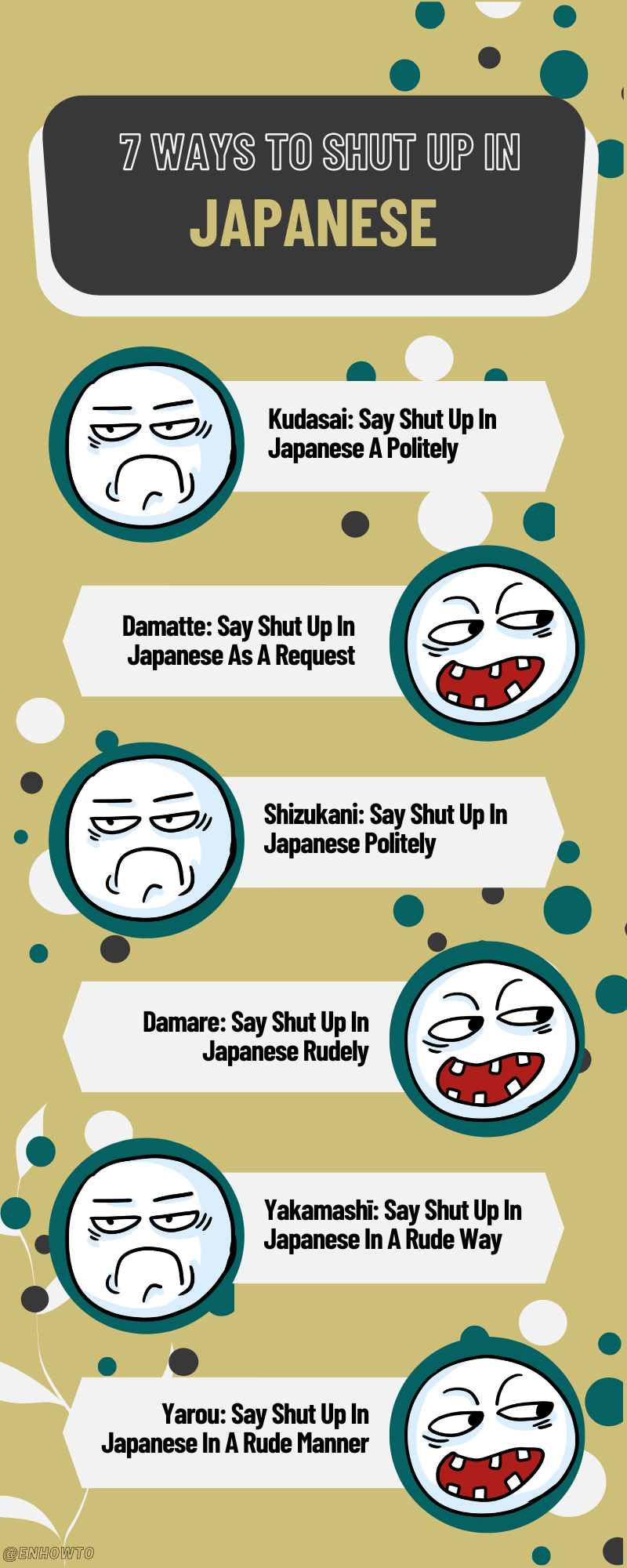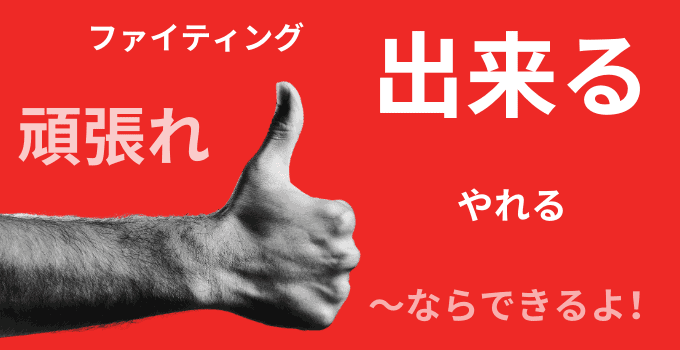Understanding “Ouch” in Japanese – Expressing Pain in Different Scenarios
If you’re fascinated by Japanese culture or planning a trip to Japan, you’ve probably wondered how to express pain or discomfort in Japanese. In this article, we’ll explore the various ways to say “ouch” in Japanese and when to use them in different situations. So, if you’re ready to embark on this linguistic journey with us, let’s dive right in!
“Ouch” in Japanese: An Introduction

Chances are you’ve heard the word “itai” (痛い) in anime or movies when a character experiences pain. “Itai” is indeed a common way to say “ouch” in Japanese. However, Japanese offers a rich tapestry of expressions to convey discomfort depending on the circumstances.
The Basics: “Itai” (痛い)

Let’s start with the most fundamental expression, “itai” (痛い). You can use it when you accidentally stub your toe or experience any kind of physical pain. Simply say “itai” while touching or pointing to the affected area, and people will understand that you’re hurting.
A Polite Twist: “Itai Desu” (痛いです)

If you want to be a bit more polite, you can add “desu” (です) to “itai.” So, it becomes “itai desu.” This form is suitable for more formal or unfamiliar situations, like when you’re at a medical facility.
When Someone Apologizes: “Gomen Nasai” (ごめんなさい)

Imagine someone accidentally steps on your foot in a crowded train. You can respond with “gomen nasai” (ごめんなさい), which means “I’m sorry.” It’s a polite way to acknowledge the other person’s apology while subtly conveying your pain.
A Little Stronger: “Mou Damedesu” (もうダメです)

Sometimes, you might be in so much pain that a simple “itai” won’t cut it. In such cases, you can use “mou damedesu” (もうダメです), which roughly translates to “I can’t take it anymore” or “it’s too much.” This phrase emphasizes the severity of your pain.
Surprise or Sudden Pain: “Iya” (いや)
When something unexpected and painful happens, like stubbing your toe on a piece of furniture, you might exclaim “iya” (いや). It’s a spontaneous reaction to sudden pain or discomfort.
For Stomachaches: “Onaka ga Itai” (おなかが痛い)
If you’re experiencing a stomachache, you can say “onaka ga itai” (おなかが痛い). It specifically refers to stomach pain and is useful when you need to explain your discomfort to someone.
A Toothache: “Ha ga Itai” (歯が痛い)
To describe a toothache, you can say “ha ga itai” (歯が痛い). This phrase is handy when you’re seeking dental help or explaining the cause of your pain.
KCT FAQ: Your Questions Answered
Q1: How do I say “ouch” in Japanese when I hurt myself accidentally?
A1: You can simply say “itai” (痛い) to express your pain in such situations.
Q2: Are there more polite ways to say “ouch” in Japanese?
A2: Yes, you can use “itai desu” (痛いです) to add politeness when needed.
Q3: What if I want to apologize for my pain?
A3: In response to someone else’s apology, you can say “gomen nasai” (ごめんなさい) to acknowledge their apology and express your discomfort.
Q4: How can I convey extreme pain in Japanese?
A4: When the pain is unbearable, use “mou damedesu” (もうダメです) to emphasize the severity of your discomfort.
Q5: What’s the word for sudden, unexpected pain?
A5: For surprise or sudden pain, you can exclaim “iya” (いや).
Q6: How do I describe a stomachache in Japanese?
A6: To express a stomachache, use “onaka ga itai” (おなかが痛い).
Q7: What’s the Japanese term for a toothache?
A7: To describe a toothache, you can say “ha ga itai” (歯が痛い).
Now that you’ve learned various ways to say “ouch” in Japanese for different situations, you’ll be better prepared to navigate moments of discomfort during your adventures in Japan. Remember, language is a gateway to culture, so embracing these expressions can enhance your cultural experience. So, go ahead and practice these phrases, and don’t forget to follow Tourjapanaz.com/ for more insights on “Ouch” in Japanese – Ways to Say it in Different Situations. Happy learning!
key words
- learn japanese
- how to say hello in japan
- say i love you in japan
No Responses